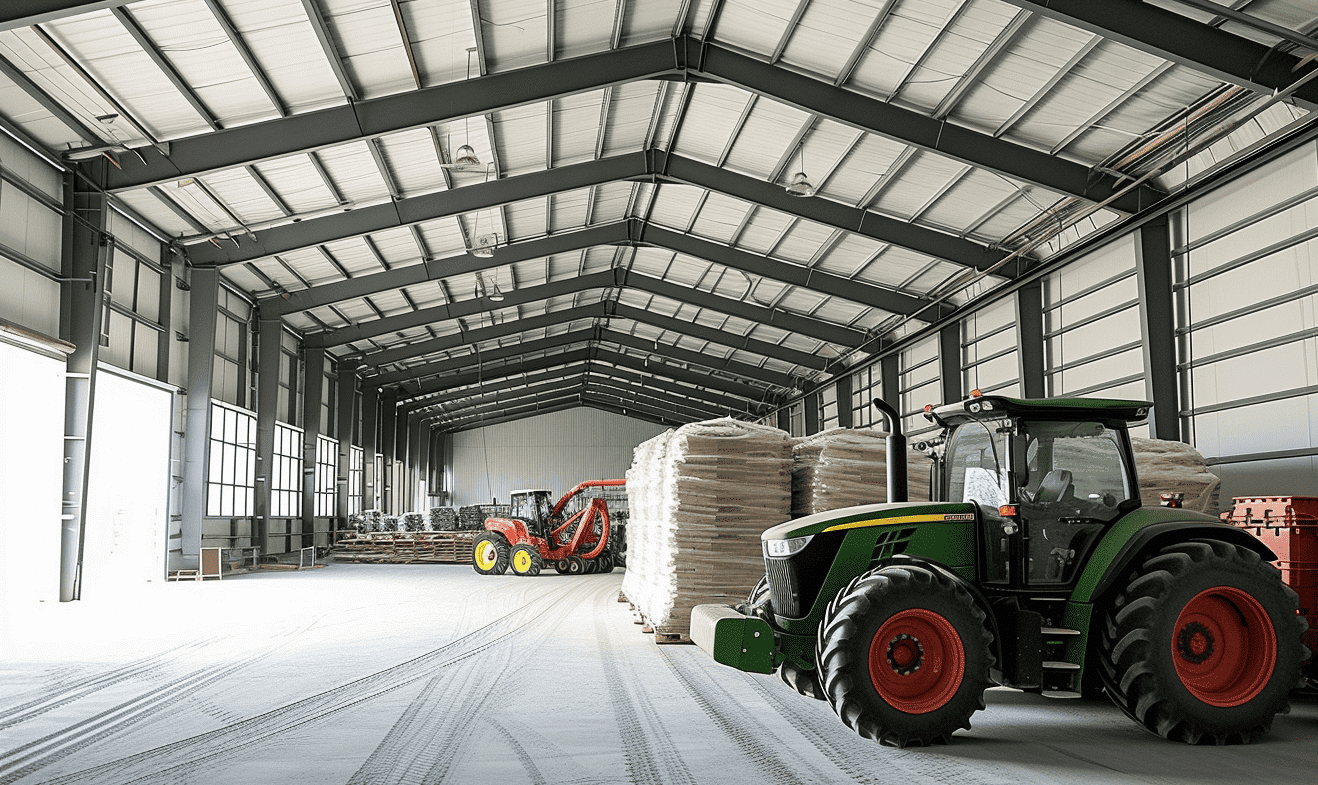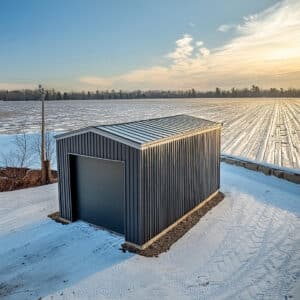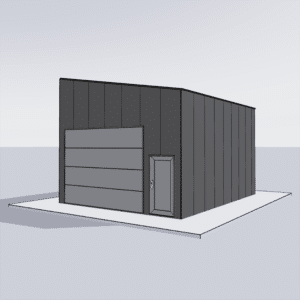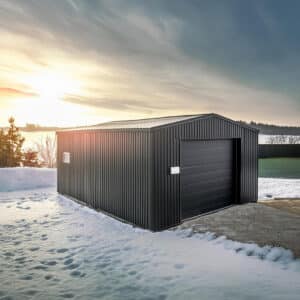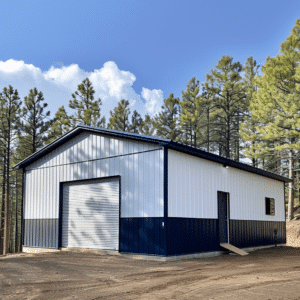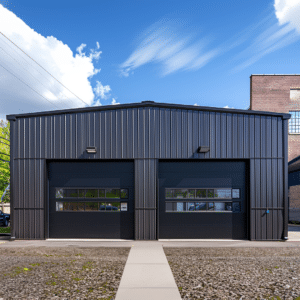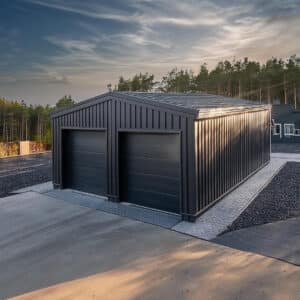In today’s fast-paced world, when it comes to choosing between modern and traditional home design, the decision can feel as daunting as selecting a paint color for your guest room. Each style boasts its own set of advantages and unique characteristics that cater to different lifestyles and personal preferences. The question is not just about aesthetics but also about how these designs fit into your life. So, how do you decide which home design is right for you? Let’s delve into the captivating world of modern vs. traditional home design and unveil what each style can offer you.
Understanding Modern Home Design
Modern home design is often associated with clean lines, minimalism, and functionality—trademarks that the style consistently delivers. Inspired by the modernist movements of the late 19th century and beyond, this design philosophy champions simplicity and the harmonious integration of man-made and natural elements.
Modern homes feature open floor plans that optimize space and light. They incorporate materials such as steel, glass, and concrete, forming a sleek aesthetic that whispers sophistication. If tech-savvy living is high on your priority list, modern design welcomes innovations and smart home technology with open arms. Imagine a home where everything effortlessly communicates at the flick of a finger.
If you’re intrigued by the latest home design trends 2024, modern home design might be perfectly aligned with your vision for the future.
What Defines Traditional Home Design?
In contrast, traditional home design is steeped in history and charm, drawing inspiration from centuries of architectural traditions. This design style exudes warmth and familiarity, often through ornate details, rich colors, and cozy nooks that invite you to relax and stay awhile.
Think of a traditional home, and images of timeless wooden floors, fireplaces, and intricate moldings may leap to mind. Traditional design offers a sense of nostalgia and permanence, making it an ideal choice for those who treasure familial bonds and continuity. It speaks to those who view their home as a sanctuary—a refuge from the modern world’s hustle and bustle.
If you’re seeking to imbue your home with classic elements and elegance that never goes out of style, traditional home design could be your perfect match.
Key Differences: Modern vs. Traditional Home Design
While both styles offer unique attributes, the decision ultimately hinges on how you picture your day-to-day living environment.

**1. Space and Layout:**
Modern design champions spaciousness and neutral tones, with an emphasis on enhancing natural light. Open-concept living is common, merging spaces like the kitchen, dining room, and living area into one fluid area. If you’ve ever pondered open concept vs. traditional floor plans, you may find modern homes more appealing for their seamless flow.
On the other hand, traditional homes often feature segmented, defined spaces. Each room serves a distinct purpose, often characterized by ornate décor and traditional furnishings that provide a snug and comforting atmosphere.
**2. Material and Texture:**
Modern homes utilize industrial materials—steel, concrete, and glass—creating a smooth, austere texture throughout. These materials are often polished to a fine sheen for a contemporary look. The embrace of color palettes in modern spaces often leans toward neutral and monochrome schemes punctuated by bold accents.
Conversely, traditional design favors wood, brick, and stone, offering tactile richness. The color palette tends to include warmer tones and patterns, exuding a sense of coziness and warmth. Traditional texture is all about depth and details, engaging the sense of touch with layered and textured decor.
The Pros and Cons of Each Style
Every coin has two sides, and each design style has its pros and cons to consider.
**Pros of Modern Design:**
– **Adaptation to Technology:** Seamlessly integrate the latest tech, providing convenience at your fingertips.
– **Space Efficiency:** Optimize space with uncluttered layouts.
– **Natural Light:** (More accessible) to utilize natural lighting, reducing energy consumption.
**Cons of Modern Design:**
– **Cold Aesthetic:** Can feel sterile or uninviting without careful decoration.
– **Trendy Nature:** Can date quickly as trends evolve, necessitating updates.
**Pros of Traditional Design:**
– **Timeless Appeal:** Offers a classic, enduring look that isn’t subject to fleeting trends.
– **Warmth and Comfort:** Provides a welcoming atmosphere with rich textures and colors.
**Cons of Traditional Design:**
– **Complex Layouts:** Possible restrictions due to more segmented room designs.
– **Limited Tech Features:** May require renovations to incorporate modern technologies.
Choosing the Perfect Style: What to Consider
Deciding between modern and traditional home design involves weighing various factors to align your home with your lifestyle and preferences.
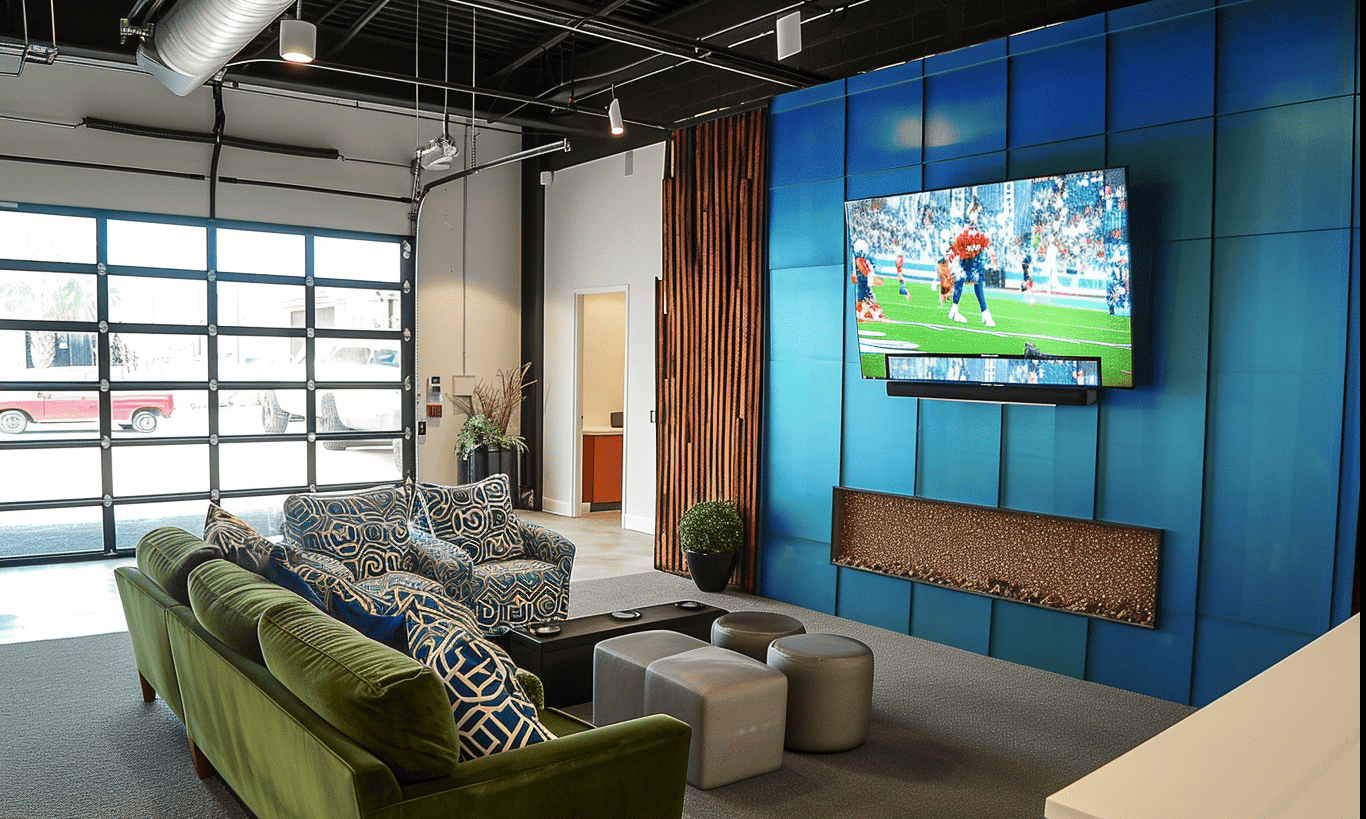
**1. Lifestyle:**
Consider how both designs correspond to your daily routine. Are you someone who prefers sleek, high-tech solutions, or do you appreciate the traditions and comforts of familial nests?
**2. Longevity:**
Think about how your choice may hold up over the years, both aesthetically and structurally. Modern styles might necessitate more frequent updates, whereas traditional homes are built to stand the test of time.
**3. Personal Style:**
Analyze the kind of aesthetic that resonates with you and will make your home feel like a true reflection of your personality. Whether it’s the simplicity and minimalism of modern decor or the richness and detail of traditional style, your home should embody who you are or wish to become.
By considering these factors, you gain greater insights into your potential choice—and understanding this could be the key to unlocking your dream home.
For those deliberating their options, collaborating with experienced custom home builders may pave the way to marrying aspects from both styles. Depending on your desires, you can craft a bespoke living space that aligns perfectly with your vision.
Conclusion: Harmonizing Tradition and Modernity
At the end of the day, the modern vs. traditional home design debate doesn’t necessitate choosing one over the other. With a clear understanding of each style, you can glean insights into how both can cater to, or indeed mimic, specific facets of your ideal home life.
Perhaps a fusion of both approaches—one that melds modern innovation with traditional craftsmanship—could lead to a harmonious living space that offers the best of both worlds. Such is the beauty of discovering your home’s design identity.
Whether you lean toward contemporary chic or a time-honored classic, the choice ultimately rests on what captures your heart and suits your lifestyle. Explore timeless examples on Houzz for some inspiration. Remember, your home is a canvas extending the incredible opportunity to let both tradition and modern innovation create a masterpiece tailored uniquely to you.
When considering construction for your next home, engage professional Residential Construction experts who can guide you through your journey—from blueprints to bespoke reality. Whatever your preference, a well-planned approach is crucial to achieving the home design of your dreams. Ultimately, your home should be a place where you feel inspired, secure, and most of all, unequivocally yourself.


